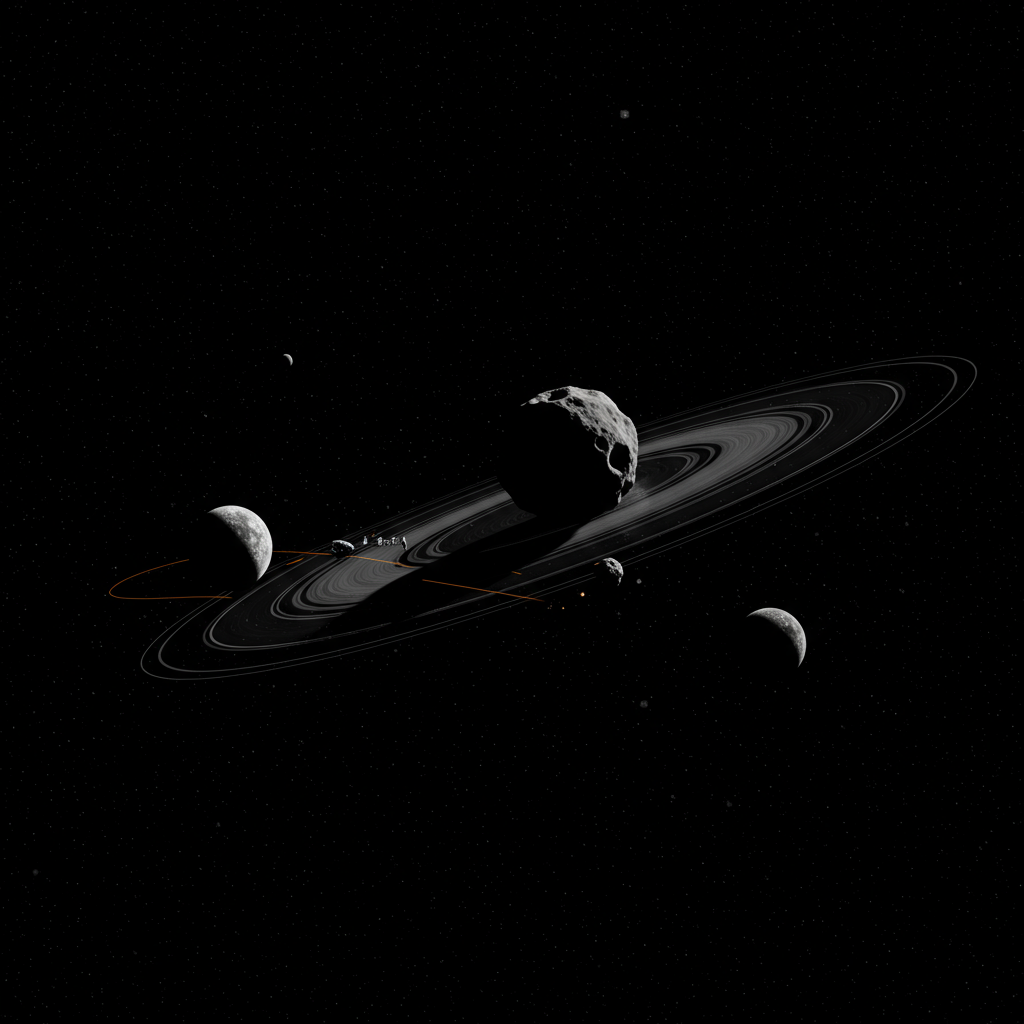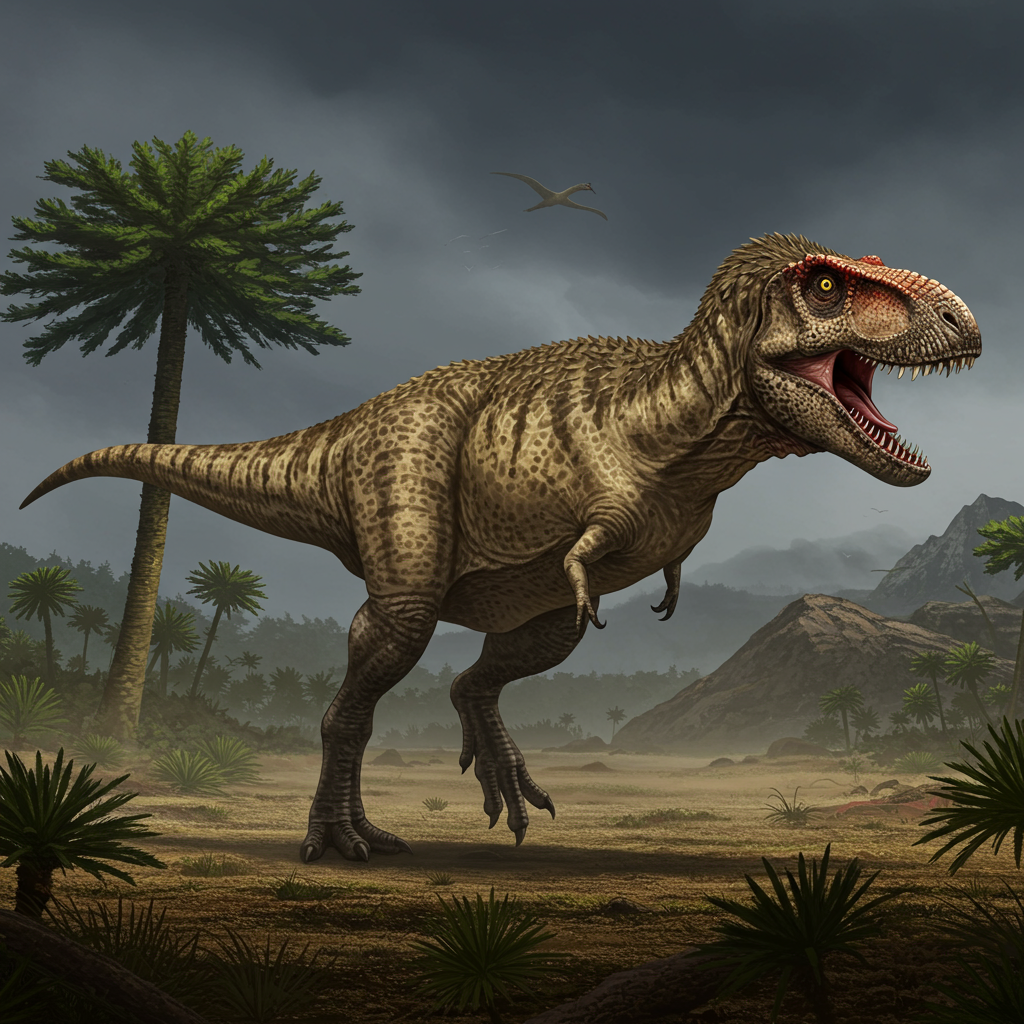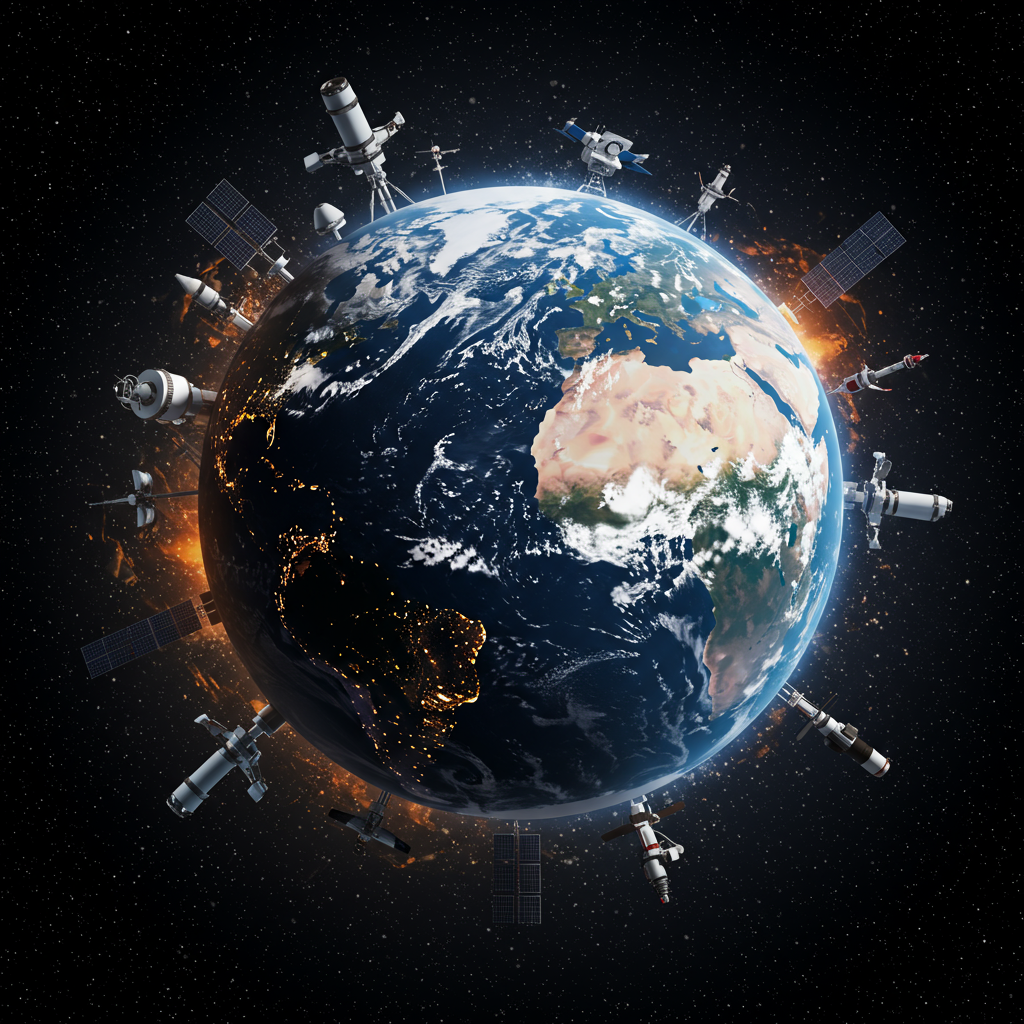A potentially hazardous asteroid, initially feared for a possible Earth impact, now poses a different kind of cosmic concern: a collision with the Moon in 2032 that could threaten Earth’s vital satellite infrastructure.
The asteroid, designated 2024 YR4, is a significant space rock measuring approximately 200 feet (60 meters) across – large enough to cause widespread devastation if it were to strike a populated area on Earth. Discovered in late 2024, it briefly caused alarm earlier this year when calculations showed a 3.1% chance of hitting Earth on December 22, 2032. Extensive analysis by NASA and other researchers has since definitively ruled out a direct Earth impact.
A New Target: The Moon
However, while Earth is no longer in the immediate firing line, astronomers soon realized 2024 YR4 could still collide with our closest celestial neighbor, the Moon. The probability of a lunar impact has steadily risen, reaching 4.3% as of earlier this month. Experts anticipate a clearer picture of the likelihood will emerge by 2028, when the asteroid makes its next close approach to Earth, allowing for more precise trajectory measurements.
New computer simulations, detailed in a recent preprint study by researchers at Western University in Canada, model the potential consequences of such a lunar collision. The study, led by solar system dynamics expert Paul Wiegert, suggests that if 2024 YR4 were to hit the Moon, it would be the largest impact event there in at least 5,000 years, releasing energy comparable to a large nuclear explosion and potentially creating a crater around 1 kilometer wide.
A ‘Spectacular’ Meteor Shower… for Earth?
The simulations predict that an impact could eject an immense amount of material – up to 220 million pounds (100 million kilograms) – from the Moon’s surface. If the asteroid strikes the side of the Moon facing Earth (which has a roughly 50/50 chance within the overall 4.3% probability), Earth’s gravity could pull in up to 10% of this debris over the following days.
While the debris particles, mostly millimeter to centimeter-sized rocks, would burn up harmlessly in Earth’s atmosphere, offering observers on the ground a potentially “spectacular” and multi-day meteor shower, they represent a significant threat to objects in Earth’s orbit.
The Real Danger: Our Satellites
The increased influx of high-speed lunar fragments into Earth’s vicinity poses a substantial risk to the growing number of satellites orbiting our planet. By 2032, the amount of space debris from a lunar impact could make collisions with satellites around 1,000 times more likely than normal.
Experts warn that even small rocks traveling at tens of thousands of meters per second are like “bullets” in space. Such impacts could critically damage or disable satellites, spacecraft, and even human-inhabited space stations like China’s Tiangong station (the International Space Station is expected to be decommissioned by 2030). The risk extends particularly to the vast networks of satellites in Low Earth Orbit (LEO), including large constellations like SpaceX’s Starlink.
Planetary Defense Considerations
Should the probability of a lunar impact continue to climb, planetary defense experts may consider options to divert the asteroid’s path to protect our space assets. Wiegert notes that 2024 YR4 could serve as a “good target” for testing deflection technologies. NASA’s 2022 DART mission successfully altered the trajectory of asteroid Dimorphos, and 2024 YR4 is considerably smaller (about half the width and 10% of the mass of Dimorphos), potentially making it a manageable target.
However, attempting to divert an object passing so close to Earth or the Moon carries its own risks; an incorrect maneuver could inadvertently place it on a catastrophic collision course with our planet.
While space agencies like NASA continuously track potential threats, this scenario highlights the need to broaden planetary defense considerations beyond just direct Earth impacts to include the protection of our critical space infrastructure from threats originating from impacts on other celestial bodies like the Moon.
The findings from the recent study underscore that even if an asteroid misses Earth, its interaction with other bodies in our solar system can still have significant consequences for our presence in space. Further observations in 2028 will be crucial in refining the trajectory of 2024 YR4 and assessing the true probability of a 2032 lunar collision.




